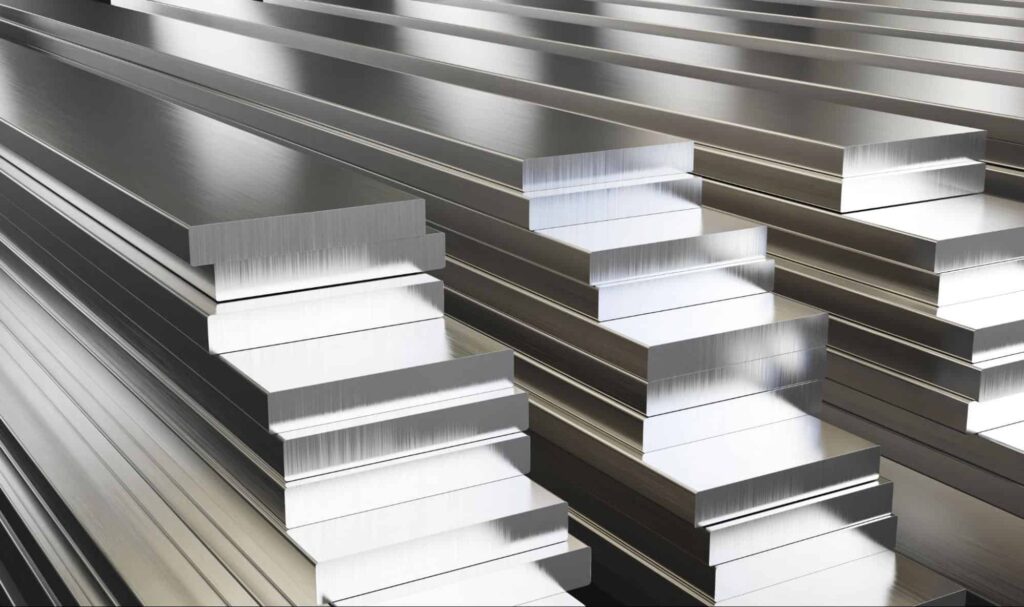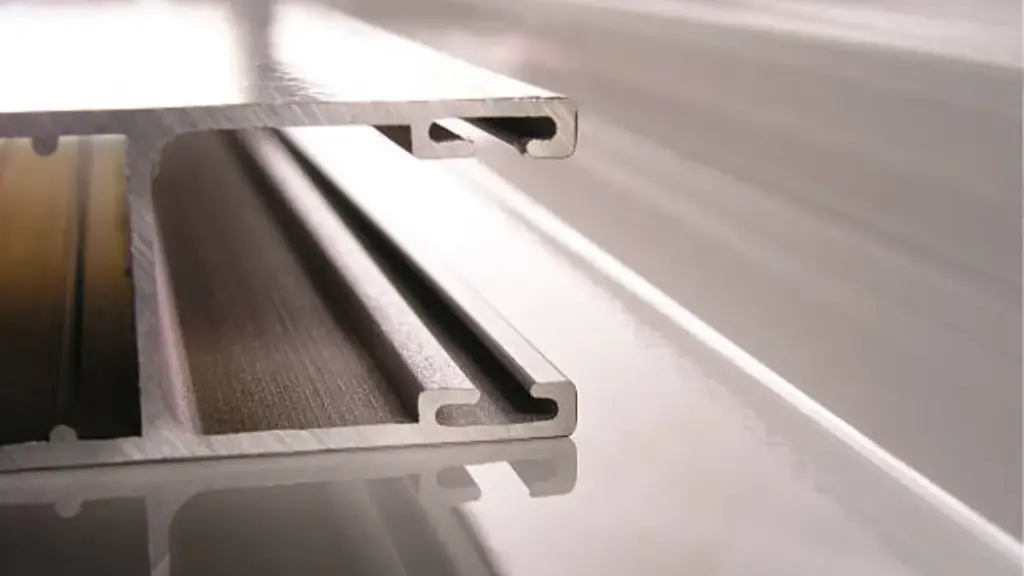Você já se perguntou como essas partes metálicas intrincadas em seu carro ou aparelhos são feitas? Um dos métodos mais legais utilizados é o lançamento da gravidade. É um processo fascinante que combina ciência, arte, e engenharia para criar componentes de metal de alta qualidade. Vamos mergulhar no mundo da gravidade morrer e ver o que faz com que o tick.
Noções básicas da gravidade do elenco
O que é o lançamento de gravidade?
Gravity Die Casting, simplesmente coloque, é um método de derramamento de metal fundido em um molde usando a gravidade. Nenhuma pressão externa é aplicada; O metal preenche o molde devido ao seu peso. Esta técnica é ótima para criar robusto, peças de alta qualidade com excelente precisão dimensional.
Como difere de outros métodos de fundição?
Ao contrário de outros métodos, como o lançamento de matrizes de pressão, onde o metal é forçado a entrar no molde sob alta pressão, O lançamento da gravidade depende apenas da gravidade. Isso significa menos complicações de máquinas e pressão, resultando em um processo mais simples e muitas vezes mais econômico. Mas, Como tudo funciona?
Processo de fundição por matriz de gravidade

Preparação
Antes que qualquer metal seja derretido, A preparação é fundamental.
#1: Design de moldes e criação: A jornada começa com o design e a criação do molde. Esses moldes geralmente são feitos de aço ou ferro fundido para suportar as altas temperaturas do metal fundido. Precisão no design do molde garante que o produto final atenda às especificações exatas.
#2: Seleção de Materiais: Próximo, o material certo deve ser escolhido. Alumínio e zinco são escolhas populares devido às suas excelentes propriedades de elenco e força.
Processo de fundição
Agora, no coração do processo!
#3: Derretendo e derramando: O metal selecionado é derretido em um forno até atingir um estado líquido. Este metal fundido é então cuidadosamente derramado no molde pré-aquecido. Gravity faz seu trabalho aqui, permitindo que o metal flua e encha todos os cantos e recantos do molde.
#4: Resfriamento e Solidificação: Depois que o molde é preenchido, É deixado esfriar. Como esfria, O metal solidifica, Tomando a forma do molde. Este processo de resfriamento é crucial para garantir a integridade estrutural da parte do elenco.
Procedimentos de pós-fundição
Depois que o metal solidificou, O processo ainda não acabou.
#5: Removendo o elenco do molde: A parte solidificada é cuidadosamente removida do molde. Isso pode envolver a abertura do molde ou quebrar qualquer peças de molde temporárias.
#6: Acabamento e inspeção: Finalmente, O elenco é limpo, Qualquer excesso de material é aparado, e sofre inspeção para garantir que atenda aos padrões de qualidade. Isso pode incluir usinagem, polimento, ou outras técnicas de acabamento para alcançar as especificações desejadas.
Materiais usados na gravidade de fundição

Metais comumente usados
Diferentes metais trazem forças diferentes para a mesa:
- Alumínio: Leve, resistente à corrosão, e excelente para elencos detalhados. É frequentemente usado em indústrias automotivas e aeroespaciais.
- Zinco: Conhecido por sua força e durabilidade, O zinco é perfeito para peças que precisam suportar o desgaste.
Ligas populares em gravidade
O uso de ligas pode aprimorar propriedades como força, ductilidade, e resistência à corrosão. Por exemplo, A combinação de alumínio com silício pode melhorar a fluidez e reduzir o encolhimento durante o resfriamento.
Vantagens da gravidade do elenco
Qualidade e precisão
- Saída de alta qualidade: A fundição da gravidade produz peças com superfícies suaves e excelente precisão dimensional. Esta alta qualidade significa menos trabalho de pós-processamento.
- Precisão e consistência: Os moldes garantem que cada parte seja idêntica, o que é crucial para as indústrias onde a precisão é fundamental.
Custo-benefício
- Benefícios de custo: Comparado a métodos como o lançamento de matriz de pressão, O lançamento da matriz de gravidade é frequentemente mais barato devido à simplicidade do processo e do equipamento.
- Economia de longo prazo: Os moldes duráveis usados na fundição da gravidade podem produzir milhares de peças antes de precisar de substituição, economizando custos a longo prazo.
Versatilidade
- Gama de aplicações: De automotivo ao aeroespacial, O lançamento da gravidade é versátil o suficiente para uma ampla gama de indústrias.
- Opções de personalização: O processo permite modificações no design do molde, possibilitando criar peças personalizadas adaptadas a necessidades específicas.
Desvantagens do elenco de morrer de gravidade
Custos de configuração inicial
- Alto investimento inicial: Configurar o molde e o equipamento inicial pode ser caro, Embora esses custos sejam compensados por longas execuções de produção.
- Custos de criação de mofo: Projetar e fabricar moldes precisos é um custo inicial significativo.
Limitações materiais
- Limitado a certos metais e ligas: Nem todos os metais são adequados para o elenco de gravidade, o que pode limitar as opções de material.
- Desafios com materiais específicos: Alguns metais podem não fluir tão bem ou podem exigir temperaturas mais altas, complicando o processo.
Volume de produção
- Adequação para diferentes volumes de produção: O lançamento da matriz de gravidade é ótimo para corridas de produção média a grande, mas pode não ser econômica para volumes muito baixos ou muito altos.
- Eficiência em diferentes escalas: O método é menos eficiente para peças muito grandes ou muito pequenas devido às limitações no design do molde e no fluxo de metal.
Aplicações de fundição de gravidade
Indústria Automotiva
- Componentes do motor: O lançamento da gravidade é perfeito para se fortalecer, Peças precisas do motor.
- Partes estruturais: O método produz componentes estruturais duráveis e leves.
Indústria aeroespacial
- Peças de aeronaves: Precisão e força o tornam ideal para componentes críticos de aeronaves.
- Componentes especializados: A fundição da gravidade pode produzir peças com geometrias complexas necessárias no aeroespacial.
Bens de consumo
- Eletrônicos e aparelhos: Muitas peças duráveis e detalhadas em eletrônicos e utensílios domésticos são feitos usando o lançamento de gravidade.
- Itens domésticos: De alças a quadros, Muitos itens do cotidiano se beneficiam desse método de elenco.
Aplicações industriais
- Peças de máquinas: Peças de máquinas difíceis e confiáveis são frequentemente produzidas dessa maneira.
- Ferramentas e equipamentos: O fundamento da gravidade fornece a durabilidade necessária para ferramentas e equipamentos industriais.
Comparação com outros métodos de fundição
Fundição em Areia
- Diferenças e semelhanças: Fundição de areia usa moldes de areia, tornando -o mais flexível, mas menos preciso. It’s great for large parts but not for fine details.
- Prós e contras: Sand casting is cheaper for short runs and large parts, but gravity die casting offers better precision and surface finish.
Pressure Die Casting
- Diferenças e semelhanças: Pressure die casting uses high pressure to force metal into molds, offering excellent precision but at higher costs.
- Prós e contras: Pressure die casting is ideal for high-volume production of small to medium-sized parts, while gravity die casting is more cost-effective for medium runs.
Fundição de investimento
- Diferenças e semelhanças: Investment casting uses wax patterns and ceramic molds, providing high precision and smooth finishes, but at a higher cost.
- Prós e contras: Investment casting is perfect for small, peças complexas, while gravity die casting balances cost and precision for a wider range of parts.
Conclusão
Gravity die casting is a powerhouse in the manufacturing world, offering a blend of quality, precisão, e custo-benefício. Se você está no automóvel, aeroespacial, ou indústria de bens de consumo, Compreender esse processo pode ajudá -lo a tomar melhores decisões de fabricação. Com suas vantagens únicas e algumas limitações, É claro que o lançamento da gravidade ocupa um lugar significativo na fabricação moderna.
Perguntas frequentes
- Qual é a principal diferença entre o lançamento da matriz de gravidade e o elenco de pressão de pressão? O lançamento da gravidade depende da gravidade para encher o molde, Enquanto a transmissão de pressão elenco usa alta pressão. Essa diferença afeta os tipos de peças que cada método é mais adequado para.
- O fundamento da gravidade pode ser usado para formas complexas? Sim, O lançamento da matriz de gravidade pode produzir formas complexas, especialmente ao usar moldes bem projetados, Embora designs muito complexos possam ser mais adequados para outros métodos.
- Quais são os metais mais comuns usados no lançamento da gravidade? Alumínio e zinco são os mais comuns, Graças às suas excelentes propriedades de elenco e força.
- Como a gravidade morre o elenco garante alta precisão? A precisão vem dos moldes detalhados e do processo de resfriamento controlado, o que garante qualidade consistente e precisão dimensional.
- Quais são os benefícios ambientais da gravidade do elenco? A fundição da matriz de gravidade pode ser mais amigável ao meio ambiente devido ao menor consumo de energia em comparação com os métodos de alta pressão e a capacidade de reciclar e reutilizar materiais e moldes.


















